In order to avoid making tactical errors, you have to choose the zones where to make your bandejas.
La bandeja, this move so specific to the padel, is not so easy to master. It is true that a passage through the box training does no harm to reassure you with high balls and to better understand decision-making, shot speed, technique and especially the return to the net after impact. And that's where we come in today because you're going to understand that if you play your bandejas, you will not necessarily need to hurry to take back the net.
To make it easier to understand, we are going to place ourselves today on the side of right-handers posted on the right.
When to perform a bandeja ?
This is the first thing to identify. Where is it possible to perform a bandeja ? We have chosen 5 that fit well with the different match possibilities.
So there is the bandeja from the middle of the service box (in the width of the court) close to the net. The same but further from the net (close to the line). There bandeja close to the grid away from the net, the same close to the net, and finally the bandeja near the center of the track. Depending on each hitting position, although you are in control of your choices, we offer you a way to play that will allow you to take the next step.
La bandeja classic away from the net
You are well placed with a bandeja to trade behind you, often close to the bottom line. You are far from the net after the strike and you will need time to recover. The goal here would be to seek depth so that your ball hits two panes (bottom-side or side-bottom) at slow speed, giving you plenty of time to come back forward.
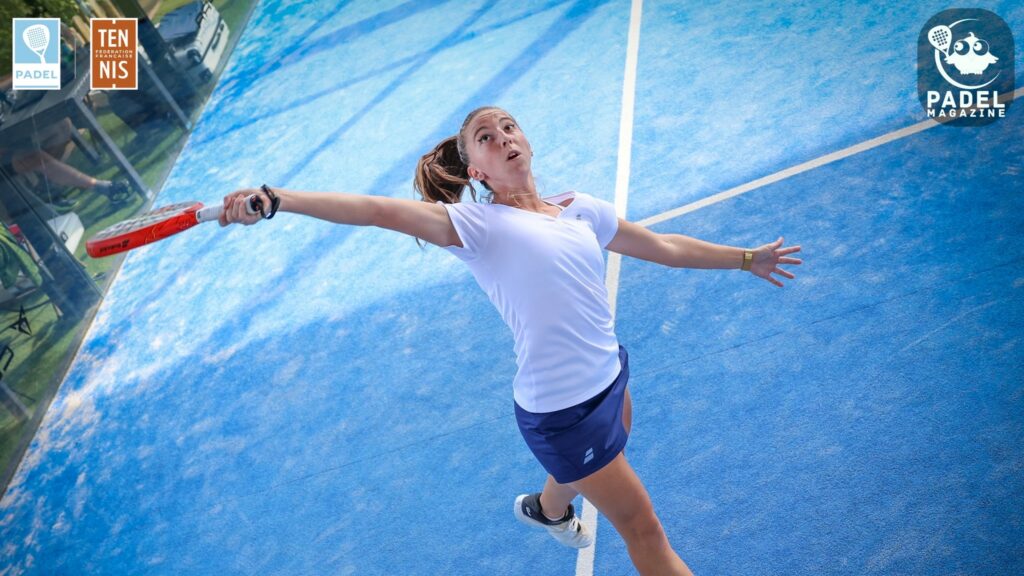
The classic close to the net
Same situation but this time the lob is shorter and therefore you can impact in front of you, with your feet anchored in the ground. Here indulge yourself by accelerating the ball always in the same direction, the double pane. Why can we speed up? Simply because you are already placed for the next move.
The grid away from the net
The lob requires you to manage a bandeja close to the baseline, but also close to the grid. Looking for the double pane would be an option but it is quite difficult to achieve. The safest thing would be to look for the grille or the side window in your diagonal. For what ? Because the opponent will have to get out of their comfort zone to defend. Your direction of bandeja will feel natural, and at slow speeds, the rebound will not be easy to negotiate.
The grid close to the net
Same situation but with a lob that allows you to impact in front of you. Always with the feet on the ground, do not hesitate to accelerate this ball in the direction of the side wall in its entirety. No matter where the ball bounces, grid or glass, it will always be difficult to defend.
In the center
You will have noticed that there is only one possibility of bandeja from the center unlike the other positions. First of all it may be your partner who takes that high ball from the center because he should be more comfortable, but you too may have the opportunity to play it. It is very difficult to be able to accelerate in this position because you will have to arch your back to get the ball. So you have to be sure to regain the position. The best would be to seek, at slow speed to avoid a rebound too high, the center of the track. This zone can create conflict between opponents, take players out of their comfort zone and above all, since you are playing slowly, it will not allow them to accelerate easily.
Our little extra
There is another way to play the bandeja. The more the level increases, the more the defense options are numerous, complicating your return to the net and especially the volley that you will have to play. So think about this bandeja slow that will bounce right in the middle of the service square and that will allow opponents to accelerate. Suicidal you will tell us! Not quite, because you know they will speed up unlike after-glass defenses which are more unpredictable. Here, the playing options are reduced, the areas sought are also fewer, and you just have to concentrate on mastering this volley which should arrive with speed on your body or in the center of your body. Track.
So that's step 2 of the bandeja. Step 1 being the technique, step 2 is the simple tactic to play well as a team while reducing the risk of error and avoiding being attacked too quickly. Slow, fast, opening angles, closing them or provoking your opponents, the bandeja is an interesting shot to work for a padel always more exciting. Let's go!
Julien Bondia is a teacher of padel in Tenerife (Spain). Columnist and advisor, he helps you play better through his tutorials and tactical/technical articles padel.




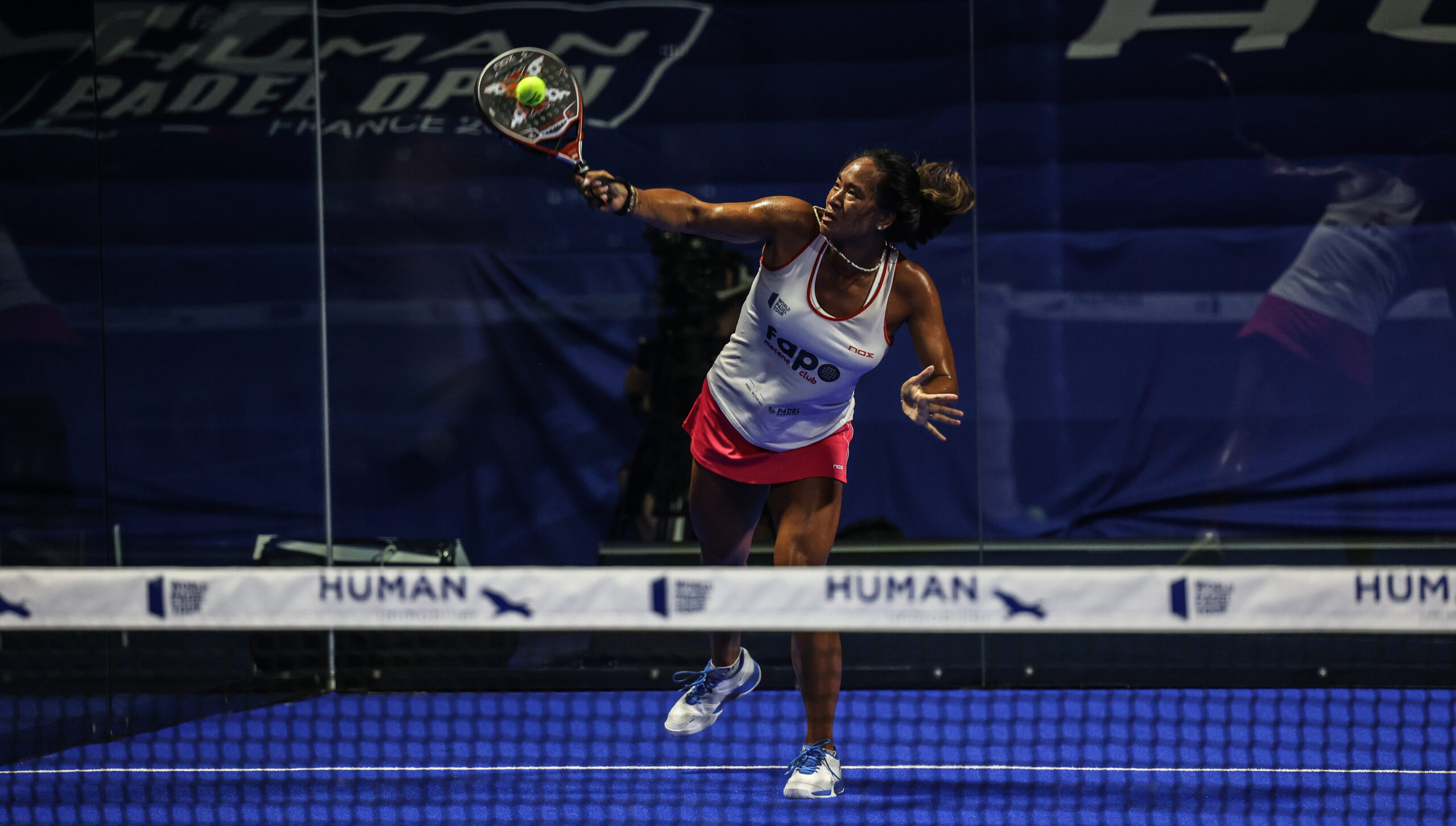
































































































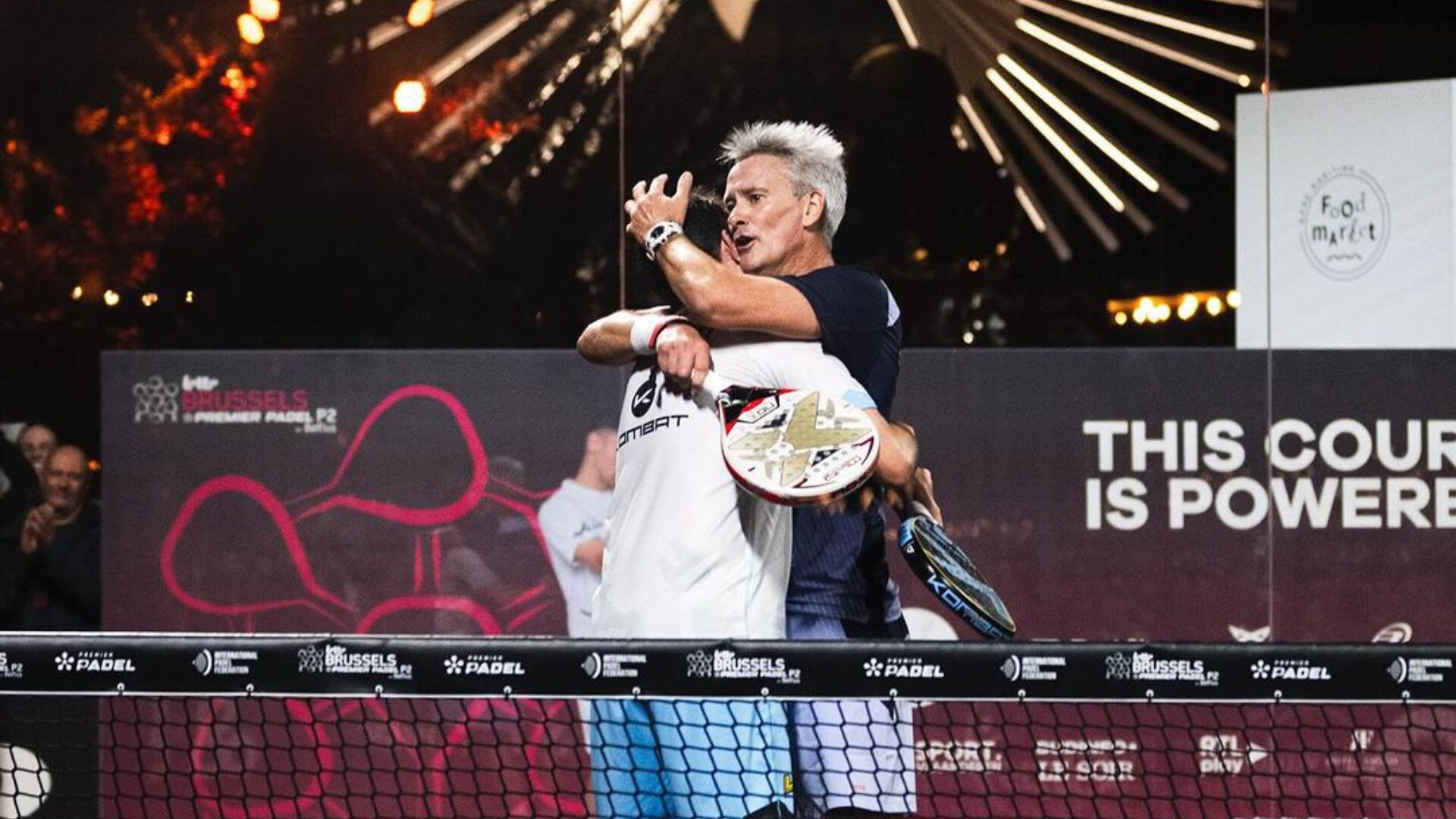 Big evening in Brussels with two seeded players on the mat, heckled number 1s…
Big evening in Brussels with two seeded players on the mat, heckled number 1s…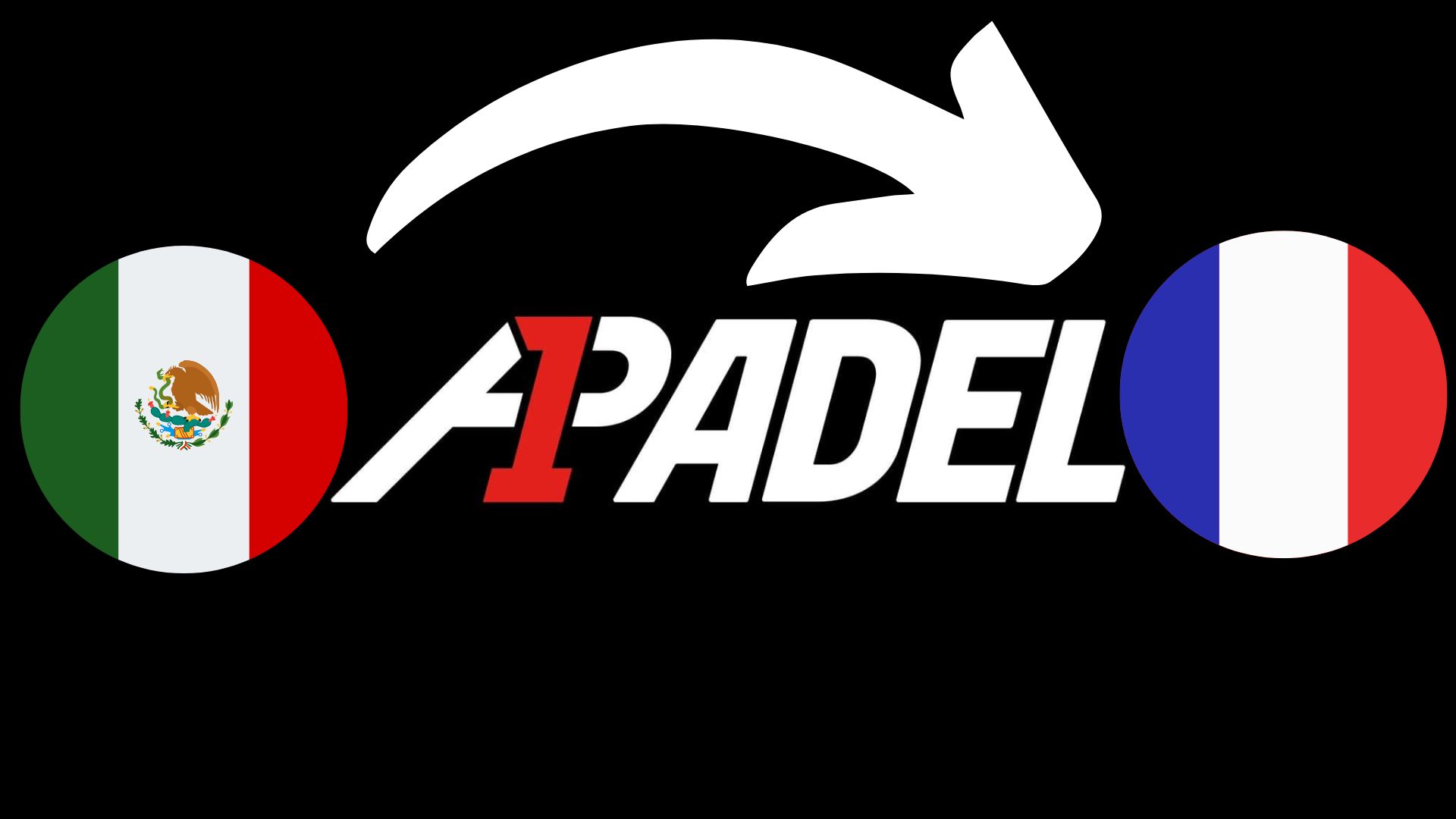 A1 Padel – the French Open replaces the Mexican Open on the calendar
A1 Padel – the French Open replaces the Mexican Open on the calendar 4 Fiberglass Padel Courts for The Ville de Paris: a choice that looks to the future
4 Fiberglass Padel Courts for The Ville de Paris: a choice that looks to the future Olympic Games: Club France will have its 4 tracks padel !
Olympic Games: Club France will have its 4 tracks padel ! Guillaume Codron de Sud Padel : “A family project”
Guillaume Codron de Sud Padel : “A family project” Nallé Grinda: “Democratize the padel in the USA with PadelX "
Nallé Grinda: “Democratize the padel in the USA with PadelX " Simon Boissé: “We know that there are two nations in front of us”
Simon Boissé: “We know that there are two nations in front of us” Marie Maligo: “This period of frequent changes of partners was beneficial for me”
Marie Maligo: “This period of frequent changes of partners was beneficial for me” Gilles Moretton: “We will be able to put the padel at the level of tennis”
Gilles Moretton: “We will be able to put the padel at the level of tennis” Two P1000 doubled prize money approaching!
Two P1000 doubled prize money approaching! José Manuel Escin at the inauguration of Casa Padel DOS: “Finally, and thank you!”
José Manuel Escin at the inauguration of Casa Padel DOS: “Finally, and thank you!”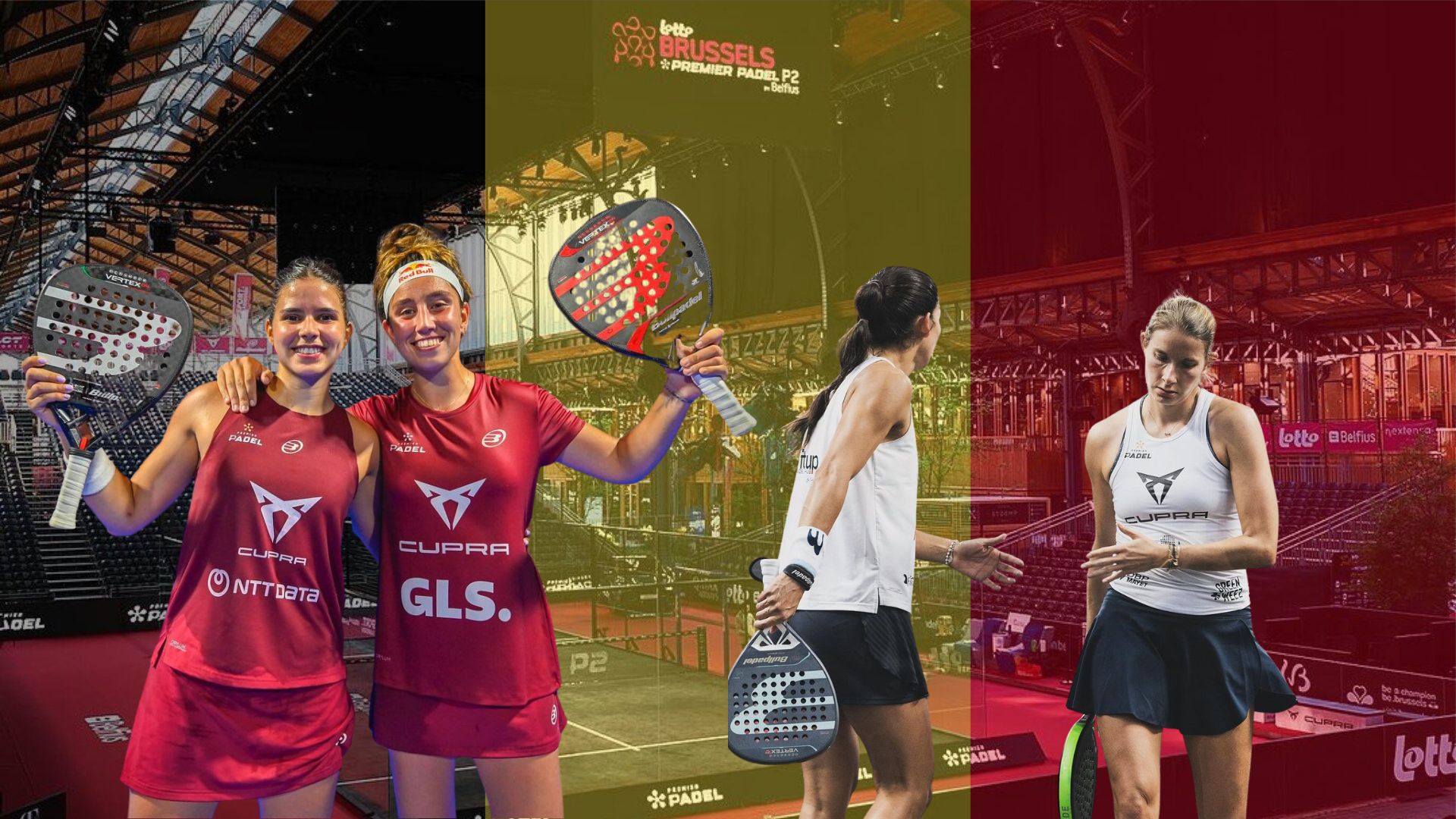 Brussels Premier Padel Brussels P2 – Collombon / Bidahorria falls against Brea / Gonzalez
Brussels Premier Padel Brussels P2 – Collombon / Bidahorria falls against Brea / Gonzalez Padel Score comes to Tahiti for American Express Padel Cup!
Padel Score comes to Tahiti for American Express Padel Cup! Do you know the Rafa Nadal Academy Tour?
Do you know the Rafa Nadal Academy Tour? Play at padel on his yacht? Possible for €233.000!
Play at padel on his yacht? Possible for €233.000! Our Top 10 training courses padel in France and Europe
Our Top 10 training courses padel in France and Europe At the heart of padel – Episode 25: Paul and Andoni answer your questions
At the heart of padel – Episode 25: Paul and Andoni answer your questions Tactical padel – What to do when faced with players who systematically stay at the bottom?
Tactical padel – What to do when faced with players who systematically stay at the bottom? The basic tactics of padel
The basic tactics of padel At the heart of padel – Episode 25: Paul and Andoni answer your questions
At the heart of padel – Episode 25: Paul and Andoni answer your questions At the heart of padel – Episode 23: defend the window well
At the heart of padel – Episode 23: defend the window well Prohibition on playing topless Padel : the reasons
Prohibition on playing topless Padel : the reasons FIP Tour – Going far from Europe, THE strategy to earn points!
FIP Tour – Going far from Europe, THE strategy to earn points! What is a good football player? padel ?
What is a good football player? padel ? “Lefties give me headaches when I play against them!”
“Lefties give me headaches when I play against them!” At the heart of padel – Episode 14: how to earn points in winter?
At the heart of padel – Episode 14: how to earn points in winter? A par 4 is always a winner...even if you manage to defend it!
A par 4 is always a winner...even if you manage to defend it! Carbon fiber VS fiberglass: what to choose?
Carbon fiber VS fiberglass: what to choose? How to effectively test a racket padel ?
How to effectively test a racket padel ? La padel to fight Parkinson's disease
La padel to fight Parkinson's disease Don't play with a cracked or broken racket, your body will thank you!
Don't play with a cracked or broken racket, your body will thank you! Michel Cymes: “The padel, physically, it’s serious!”
Michel Cymes: “The padel, physically, it’s serious!” Jeremy Gala: “Promote the padel among young people in Belgium remains a challenge”
Jeremy Gala: “Promote the padel among young people in Belgium remains a challenge” The French Touch Academy organizes its selection day Padel-Study
The French Touch Academy organizes its selection day Padel-Study Report on the detection and training of younger generations
Report on the detection and training of younger generations